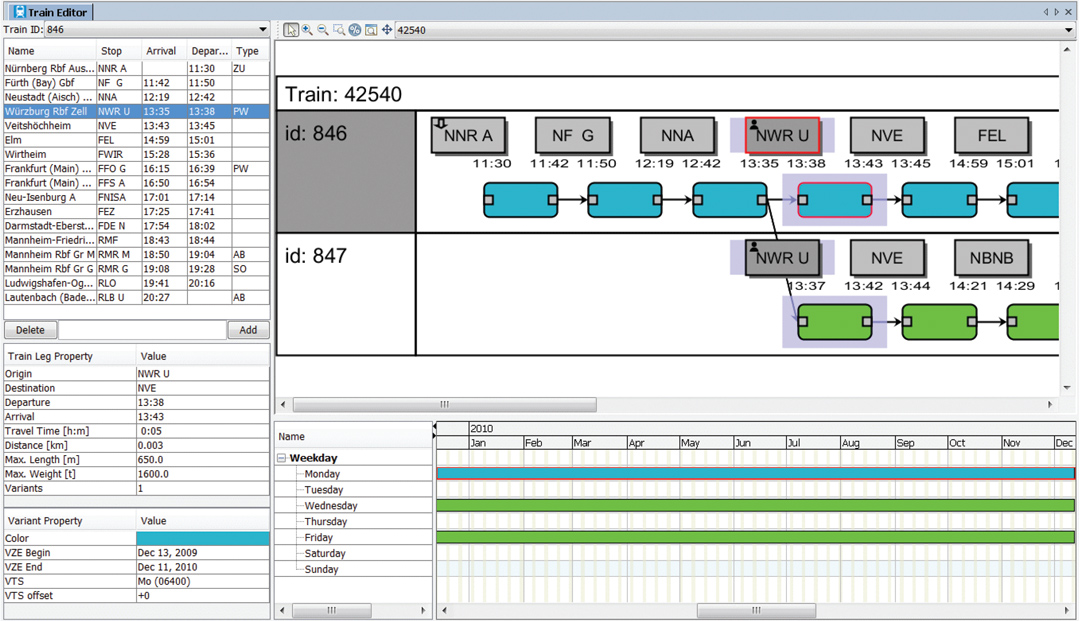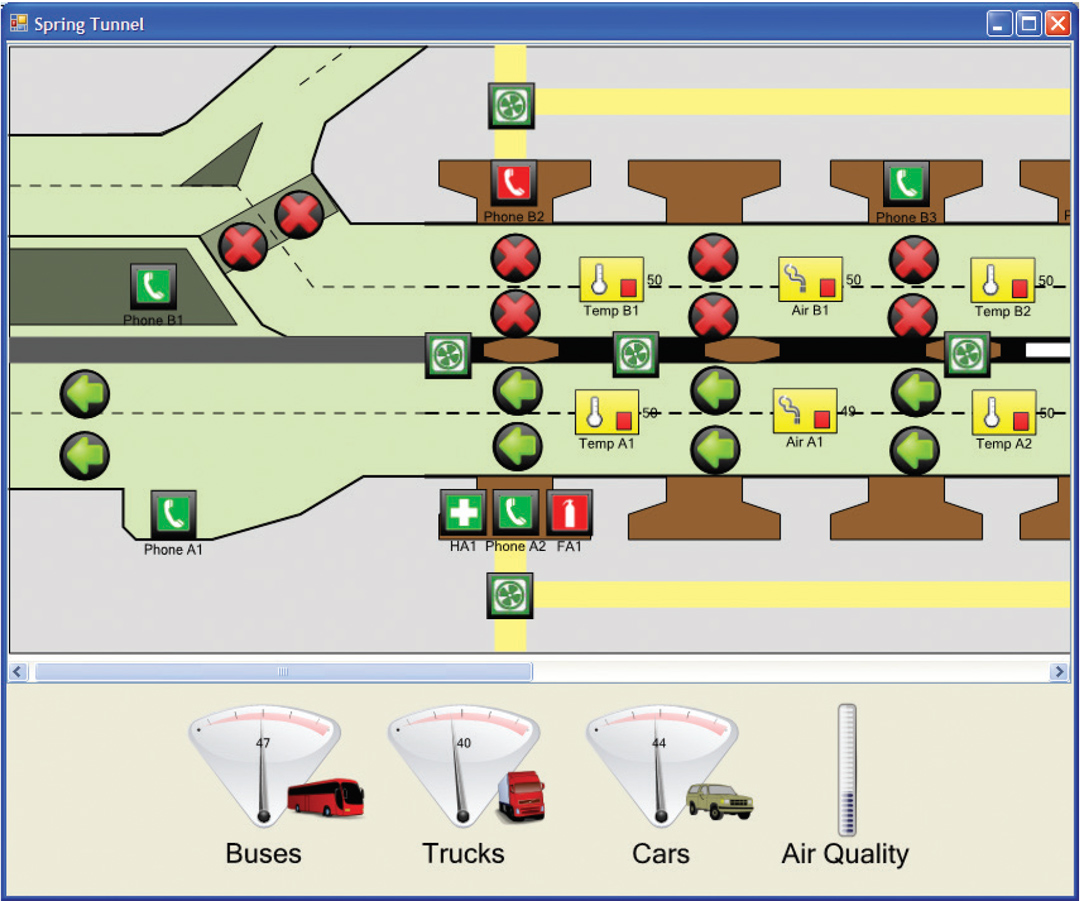
Build Graphical Components Effortlessly
When you need teams to understand complex data sets quickly, text and numbers are not enough. You need to see data displayed graphically to be able to quickly comprehend its meaning. And more importantly, you need a tool that can put data behind graphs without having to manually code it.
Perforce Visualization Software provides graphical libraries with complex capabilities and out-of-the-box connectivity. The portfolio supports C++ and Java with features that:
- Ensure stability
- Improve reliability
- Accelerate development

Perforce Views: Visualization for C++
Perforce Views shortens development time and reduces maintenance costs with ready-to-use cross-platform GUIs for C++ applications. You can use Perforce Views across multiple Unix, Linux, and Windows platforms. Perforce Views for C++ includes:
- A base cross-platform GUI framework
- High-performance chart components
- Out-of-the-box connectivity for user interface controls
- Algorithms to automate complex diagrams
- Sophisticated map displays

Perforce JViews: Visualization for Java
Perforce JViews provides advanced industry-specific visualization. With Perforce JViews, you can develop complex visualization features on one platform and leverage those capabilities on another platform. Perforce JViews includes:
- A set of JavaServer Pages, JavaServer Faces (JSF), and Scalable Vector Graphics (SVG) components to simplify writing interactive thin clients for web.
- Complex mapping tools
- Tools for SCADA displays
- Chart and schedule capabilities
“While it is a fundamental part of the system, Visualization Server is hidden from the users. They don’t know it’s there. It’s so good, they don’t have to know.”
Get Started With Perforce Views
Fill out the form to speak with an expert about getting started with Perforce Views for C++ and Java.

